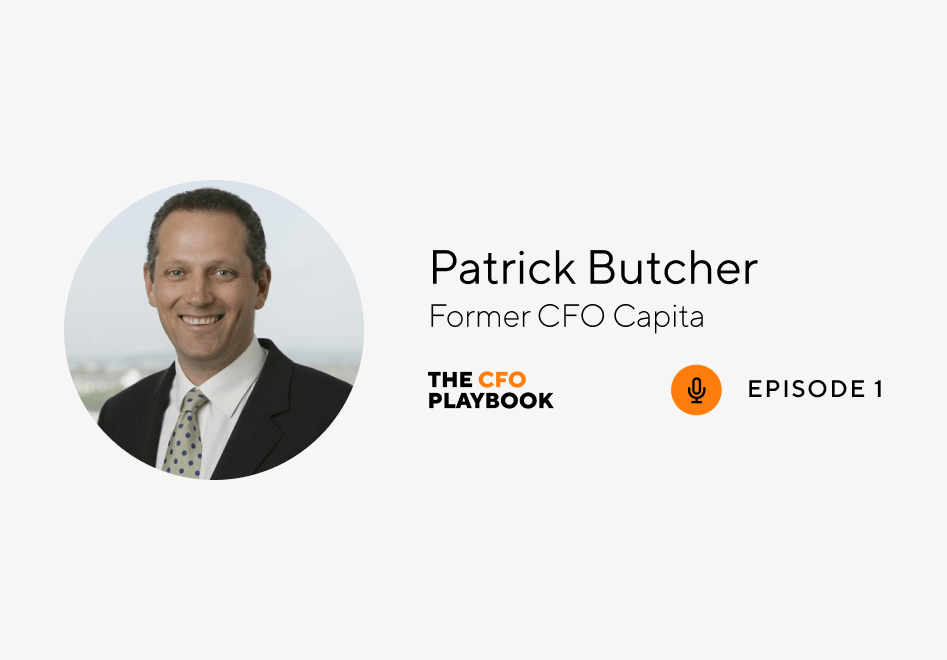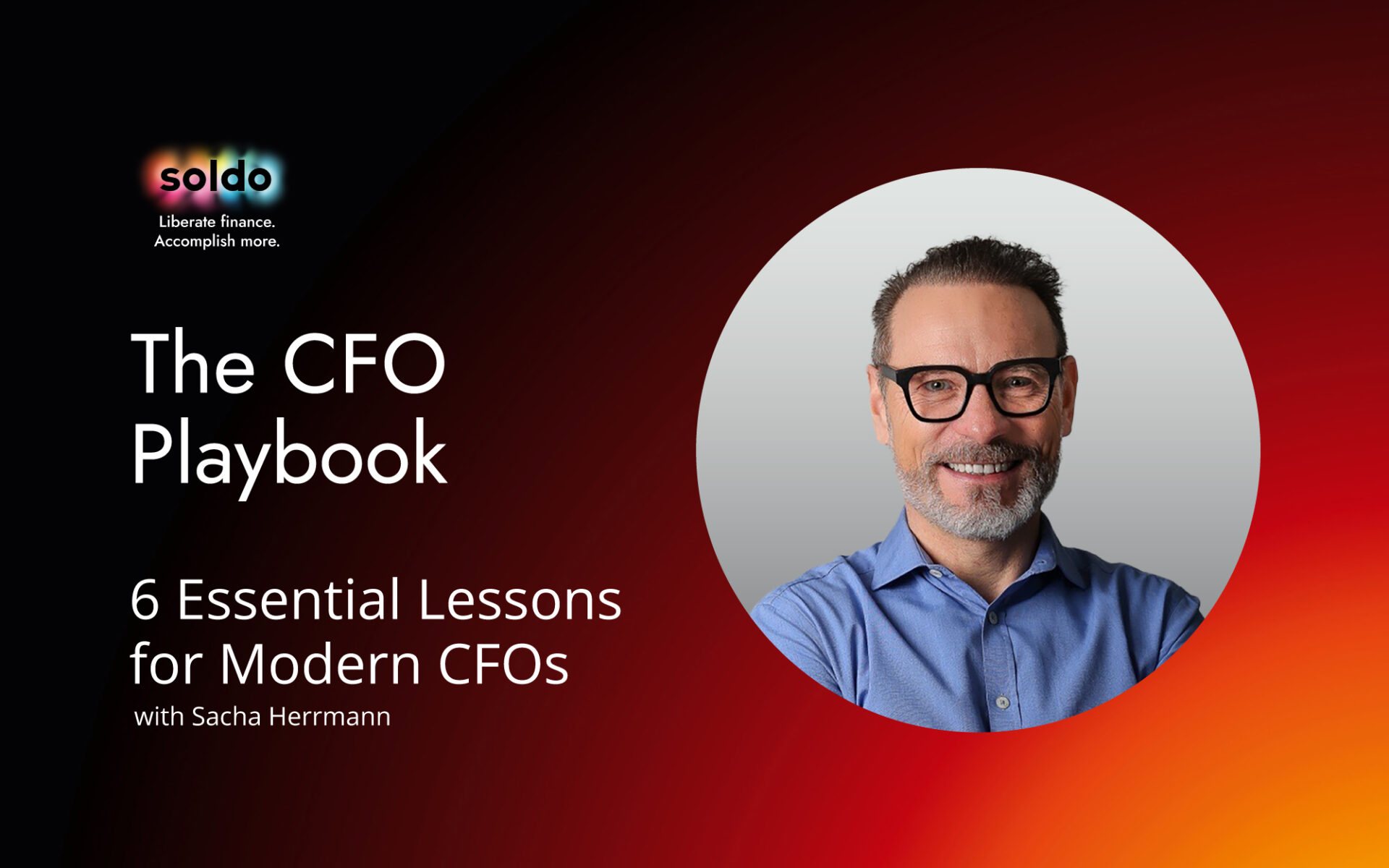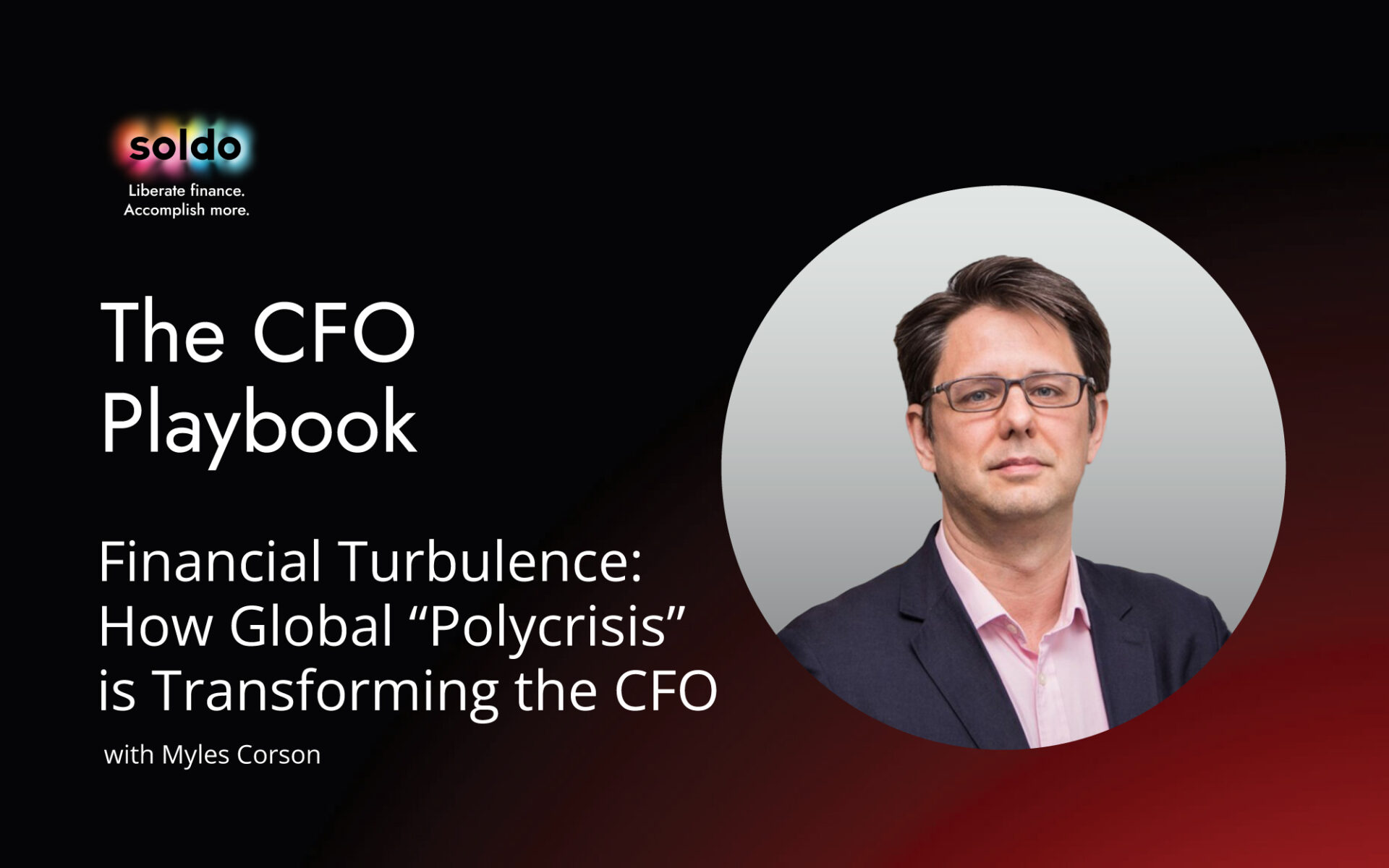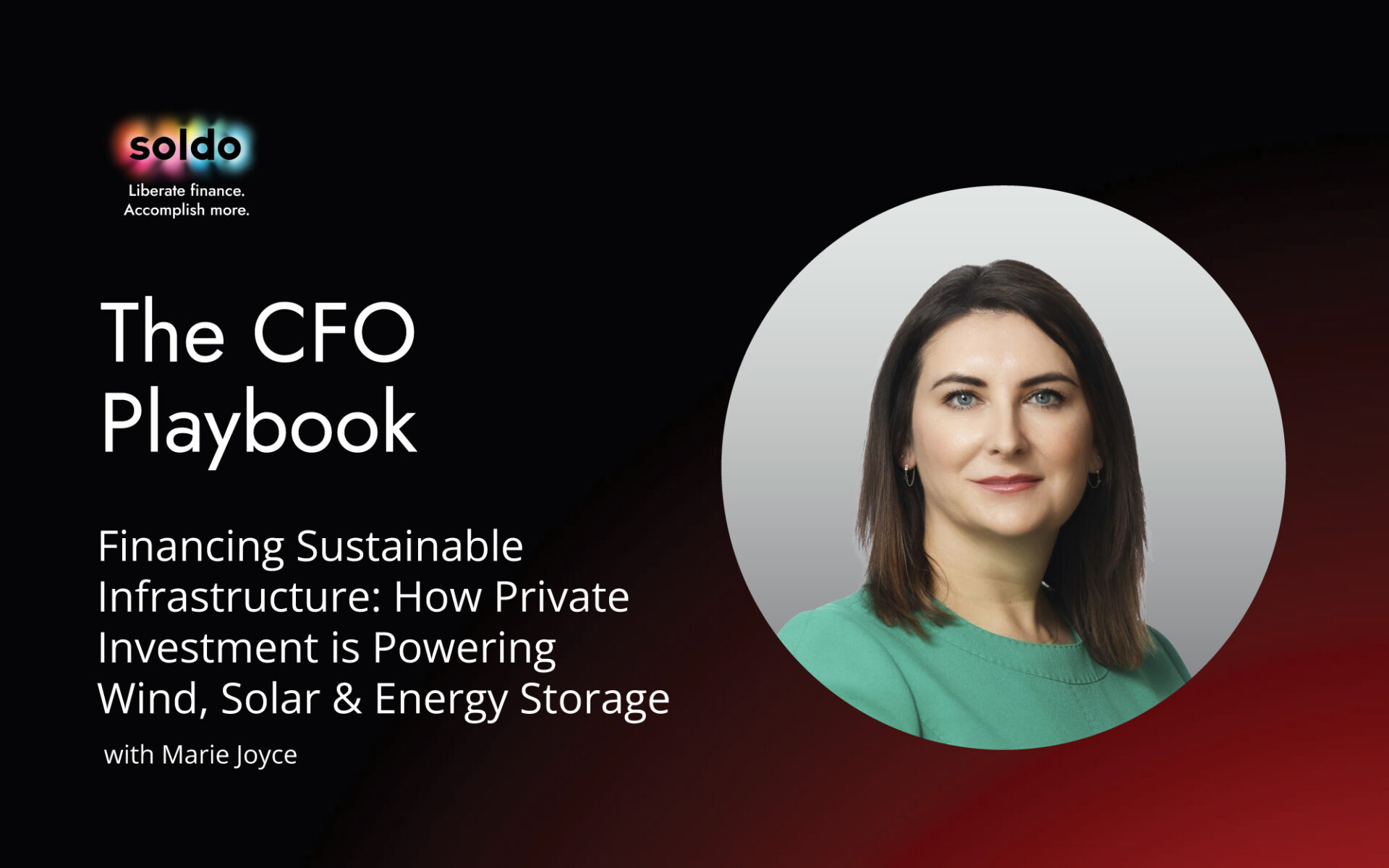Guest Analysis
Name: Patrick Butcher
What he does: With more than 25 years of experience as a CFO, Patrick joined Capita two years ago, when the international outsourcing company was fueled by debt. As the CFO, he’s made big moves to reposition the company for growth. Now, Patrick is handing off the baton to a new CFO while he looks to make his next move.
Key Quote: “As the CFO, you are the ambassador for the finance function and therefore the internal relationships you have are hugely important.”
Where to find Patrick: LinkedIn
From Patrick’s Playbook
To create financial transformation, lead by example.
Instead of telling people what needed to be done, Patrick led by example, taking a 10-15% cost cut from his own department last year. Additionally, he recognized individual business units within the Capita group didn’t need (or want) to know about the high-level corporate strategy. They just wanted to know what they specifically needed to do and the “why” behind it.
As a leader, provide your team with the 5 C’s: Context, Commitment, Clarity, Connections and Compassion.
Context helps team members understand why they are doing something; commitment ensures everyone’s on board (after airing grievances); clarity ensures there are clear expectations and the team stays on track (a performance management system is key); making connections is the leader’s responsibility to short circuit learning; and compassion means, as a leader, you care about your employees and show them empathy, no matter what’s going on in their lives.
KPIs are important, but a performance management system is essential.
Too often, companies isolate their risk management systems — it’s delegated to the insurance person or the internal audit pro. In actuality, risk management is essential to any business strategy — it’s a list of everything that could potentially stop you from accomplishing your goals. To build a performance management system, first ask: Who is this for? (That’s a stakeholder question.) Then ask: What’s important to them? Then set up no more than 12 indicators (that’s Patrick’s rule of thumb) to measure your performance.
Take an interest in your employees’ lives outside of work.
Yes, you can take the “nose to the grindstone” approach and get a lot of short-term productivity out of your team that way. But that is not best for creating a “sustainably productive” workplace. Instead, show team members you care about them beyond work output. Ask them about the other areas of their life, and try to help them fix it. In one instance, Patrick worked with an employee to ensure he wasn’t checking work emails before 8 a.m.
Episode Highlights
Explain the ‘why’ (5 C’s — Context)
“Unless people understand why they’re doing something, then they can never be committed and/or clear about what it is they’re trying to do. So I spent a lot of time… making sure everybody understands why are we transforming Capita? What’s the point of Capita? Why are we here?”
Spark dedication by giving people space to disagree (5 C’s — Commitment)
“People understanding why something is important doesn’t necessarily mean they’re going to be committed to doing it … Children sort of understand why it’s important to clean their teeth every night, but they’re not necessarily committed to cleaning their teeth. The workplace is no different. Once people understand why we’re doing something, they then need to feel they have had the opportunity to disagree because commitment very rarely breaks out spontaneously. So providing a space … where we can have a debate and an argument.”
The intersection of Context and Commitment
“The magic that happens when people have got context and commitment [ed. note: two of the 5 C’s] is that they are more ambitious than you would ever be. They will set themselves more demanding targets, their performance will be higher than you expect it to be… because they understand why it’s important and they’re committed to it.”
Risk management is pointless without strategy
“One of the things that I’ve learned in the last 10 years is the importance of a performance management system, and the performance management system needs to connect to the risk management system. If you’ve got a strategy, risk management is really easy because if you know what you’re trying to do, risk management is a list of stuff that’s going to stop us from doing what it is that we’re trying to do. If you don’t know what you’re trying to do, you can’t do risk management. If you don’t have a clear strategy, you can’t do risk management because you’re not trying to achieve anything, so there’s nothing that can get in your way … The performance management system is simply the way that you’re striving to manage the risks and achieve the objectives.”
Leadership lessons from parenthood — ‘Never nag and never remind’
“A great tip from a parenting coach was, ‘Never nag and never remind.’ For anyone who’s a parent, think how much time you waste nagging and reminding. It’s a time-saving tool. It’s the same in the workplace. As soon as you nag or remind, or, in our world, send an email or WhatsApp with: ‘How are you doing with the deliverable? Are you on schedule?’ The messages you’re sending in the act of doing that is either, I don’t trust you, which is hugely undermining, or, It’s not your accountability, it’s mine … My job is to help you do your job better not to do your job.”
Helping others is the key to gaining their trust
“The fastest way to build a relationship in business is to help somebody with their problem. … Helping to fix people’s problems is a way of building a relationship, demonstrating to people that we as finance add value beyond the behind-the-scenes plumbing that we have to do, demonstrating that we’re interested in them and their business. The most engaging thing I think is being interested in other people.”
Curiosity makes the CFO
“So much of leadership is situational. For all of us, at different points in our career, we’re going to need to use different tool kits. One tip would be to build out your tool kit, make sure that you are curious about leadership. Read books, listen to podcasts … and be curious because I think that the route to learning is curious.”
The art of seeing things from others’ perspectives
“Try and think about where your stakeholders are. If you’re writing a board paper, don’t start with what you want to tell the board because then you will write a narrow paper to which the board has the option of either agreeing, which is your preferred approach, or disagreeing, but they can’t engage in a debate. Think about the questions that your stakeholders have, whether that’s the board or your colleagues on the executive or even your team. And the more we place ourselves into the mindset and seat of other people, the more we’re able to develop our own leadership skills and capabilities.”
Top quotes:
“A lesson that I reinforced for myself is that what we as senior leaders do and what we choose to pay attention to and the comments we choose to make have a huge impact on people’s behavior.”
“Unless people understand why they’re doing something, then they can never be committed and/or clear about what it is they’re trying to do. Once people understand why we’re doing something, they then need to feel they have had the opportunity to disagree because commitment very rarely breaks out spontaneously.”
“By making connections, you open people’s eyes.”
“Good questions are much harder to come up with than good answers.”
“By focusing people’s noses to the grindstone, you can get more output out of them in the short term … it’s effective if you have to get something done, but it becomes a drug you can’t give up, and if you want people to be sustainably productive in the workplace, then they need to be managing their lives in a sustainable way.”
“The fastest way to build a relationship in business is to help somebody with their problem. Demonstrating to people that we, as finance, add value beyond the behind-the-scenes plumbing that we have to do — demonstrating that we’re interested in them and their business.”





